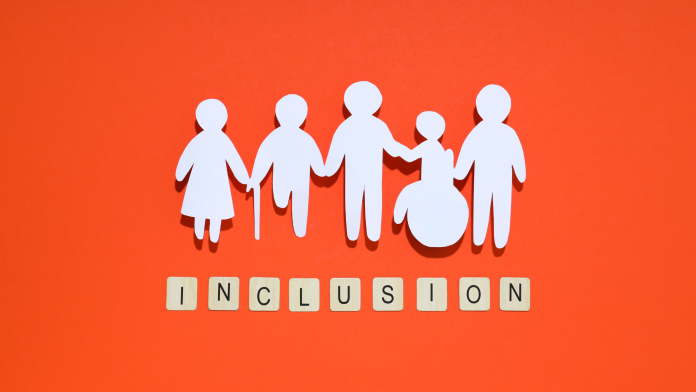By: Zaenal Abidin
As part of a series of activities in the Disability Rights Empowerment Training for Female Clerics organized by the Fahmina Foundation, participants were invited to explore a deeper understanding of disability, not merely as a physical condition, but as a social construct influenced by the environment, policies, and community perspectives.
This activity was attended by 25 female clerics from various cities such as Cirebon, Yogyakarta, Semarang, Malang, and Tulungagung. The training was led by Nurul Saadah Andriani, a disability rights advocate and experienced facilitator on inclusion issues, founder of the Women, Disability, and Children Advocacy Center (SAPDA Jogj).
Breaking Barriers: Disability through a Social and Religious Lens
Siti Rofiah, a participant from Semarang, highlighted language limitations as a major obstacle in religious education. “Not all Quran teachers can connect directly with people with disabilities due to limited language comprehension and access,” she said.
In line with this, Saadah, a training facilitator, reminded participants that more than 8% of Indonesia’s population are people with disabilities, both physically visible and invisible. “Disability is not just about physical differences, but also about an unsupportive environment. Social barriers, infrastructure, and stigma remain major obstacles,” she emphasized.
Disability: Diverse, Not Singular
During the learning session, participants were encouraged to understand the five main types of disabilities:
- Physical: Impairments in motor function, such as paralysis or amputation.
- Intellectual: Impairments in thinking, understanding, or remembering due to below-average IQ.
- Mental: Disorders in mental health such as bipolar disorder or depression.
- Sensory: Impairments in vision, hearing, or speech.
- Multiple: A combination of two or more types of disabilities.
Group discussions deepen this understanding by exploring the impact of each type of disability on daily activities, social interactions, and psychological well-being.
Voices from the Field: Stigma, Violence, and Lack of Facilities
Murni, a caregiver at a boarding school for the deaf in Jepara, shared that people with physical disabilities still often face bullying, violence, and even social exclusion. “Stigma remains even after studying at a special needs school. Infrastructure is not yet accessible and public facilities are still minimal,” she said.
Iin from Malang added that the visually impaired face limited access to learning materials, and there are no books available that are accessible to the visually impaired. On the other hand, other groups highlighted narrow perceptions in society, such as the assumption that the visually impaired can only become masseurs, or that people with mental disabilities are considered “crazy.”
Structural Barriers: Education is Not Yet Inclusive
The issue of education is a major concern. “Now we are talking about inclusive education, but in reality, not all schools are ready,” said Siti Rofiah. This was reinforced by Wiwin from Yogyakarta, who said that little people students face difficulties because they cannot access facilities such as elevators, and there is a lack of sign language interpreters on campus.
Learning to Understand, Not to Pity
The training concluded with an important emphasis from Nurul Saadah that the approach to people with disabilities should not be standardized. Each individual has unique characteristics, barriers, and psychosocial impacts. “Disability is not something to be pitied, but something to be understood. They have the right to live independently, with dignity, and contribute to society,” she concluded. []




